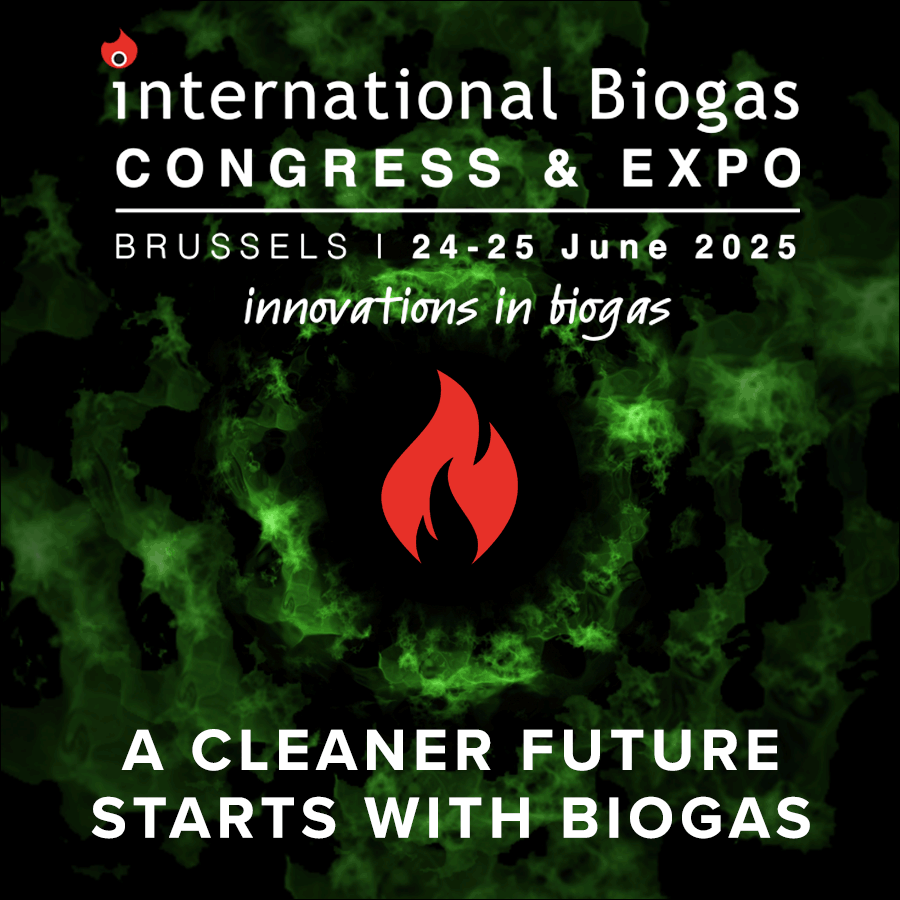EBA and NGVA Europe highlight biomethane potential in transport
According to the document, 17% of biomethane is used today to fuel natural gas vehicles (NGVs) in 25% of Europe’s refuelling network, resulting in a 35% reduction of emissions when compared to conventional fuels. EBA and NGVA Europe say that NGVs present the highest rate of emissions reduction compared to other fuels, with greater potential when coupled with renewable gas.
Further deployment of biomethane will “significantly reduce” transport emissions in the coming years. Estimates from EBA and NGVA Europe suggest 117 terawatt-hours of renewable gas could be distributed as transport fuel as bioCNG and bioLNG by 2030. This represents 40% of the overall fuel consumption of NGVs, estimated at more than 13 million vehicles in 2030.
The organisations said a higher uptake of bioCNG and bioLNG in the sector will result in an overall greenhouse gas (GHG) emissions reduction of 55%. Up to one million jobs will be created to ensure the scale-up of biomethane in the coming decades. New CNG and LNG stations and vehicles must also be created and must be compatible with their renewable counterparts.
Today, almost 25% of Europe’s refuelling network supplies biomethane. The EBA and NGVA Europe said the fast-growing fuelling station network counts on 3,840 CNG fuelling stations and 280 LNG units, but that faster development of the network is needed to meet current estimations for 2030, meaning 10,000 and 2,000 stations respectively.
“The EU has set a goal to reduce transport emissions by 60% up to 2050 compared to 1990 levels,” said Susanna Pflüger, EBA secretary-general. “All technologies will need to play a role in the transition to carbon-neutrality, especially in the transport sector.
“The promotion of electric vehicles and related infrastructure is crucial, but we already know this will not be enough to reach that goal in a fast and cost-effective way. As this document shows, the deployment of bioCNG and bioLNG is already a reality. These fuels have very low well-to-wheel emissions leading to a high decarbonisation potential and their production stimulates the development of sustainable and healthy cities.”
Earlier this year, the EBA and NGVA Europe joined the European Automobile Manufacturers Association in a call to accelerate the deployment of refuelling infrastructure in Europe. According to the organisations, when fuelling vehicles with CNG or LNG, consumers can benefit from operation cost savings, resulting in a competitive Total Cost of Ownership. Europe’s 2030 estimated natural gas vehicle fleet would result in an annual fuel cost saving of more than €4 billion, compared to conventional fuels.
Local production of clean fuels also helps cities to deliver their share in the transitions towards a circular economy. By reusing biowaste to produce renewable energy for local transport, cities can significantly reduce emissions and air pollution. The EBA and NGVA Europe used Brussels as an example. The city has 1.2 million inhabitants and producers around 210 kt of biowaste annually, which could be used to produce 14 kt of renewable gas. If distributed to road transport as a 40% blend, this would prevent the release of 85 kt of carbon dioxide into the atmosphere.
Andrea Gerini, NGVA Europe secretary-general, commented: “This brochure illustrates that with gas in transport, we can achieve the goal of the European Green Deal in a very reliable and cost-effective way already today.
“Both infrastructure, vehicle technology and renewable gas production is ready to be used, resulting in sustainable economic growth for the benefit of European citizens. The European institutions must recognise these facts when laying out legislation surrounding the European Green Deal.”

























